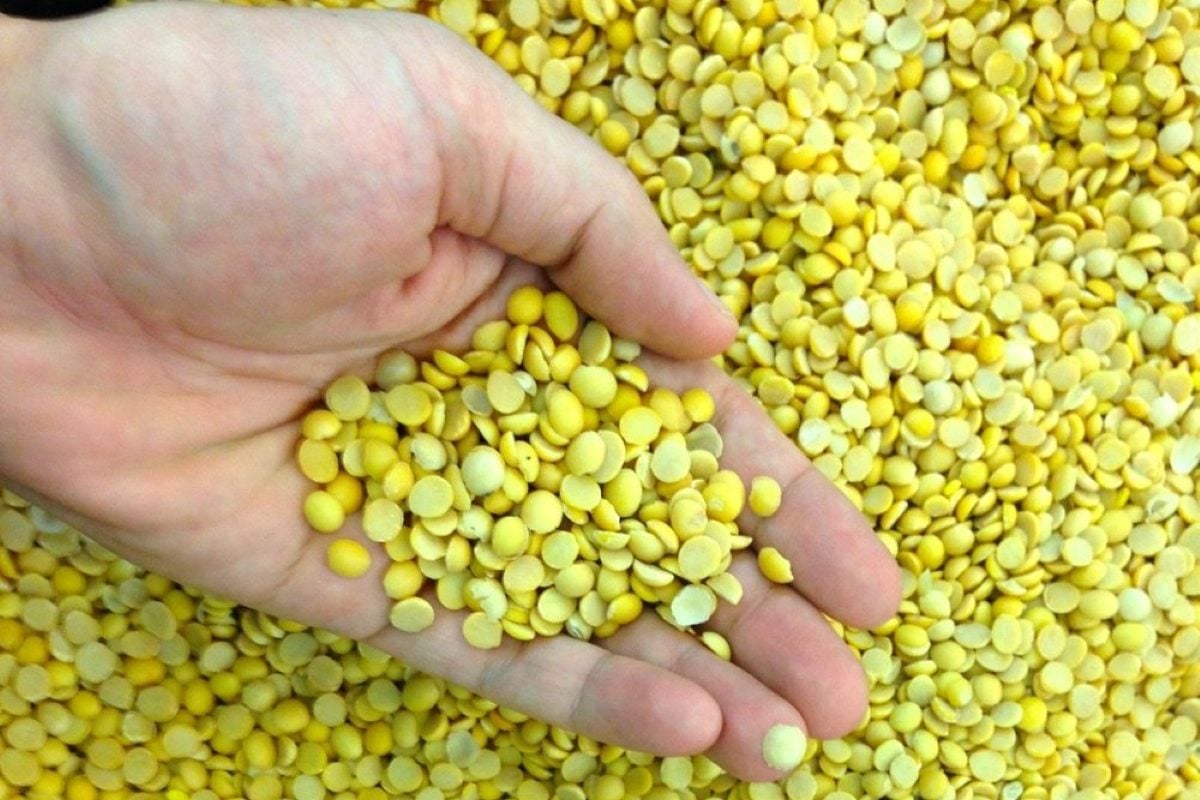New research on tourists visiting Prince Edward Island suggests farmers’ markets and restaurants specializing in local foods would do well to direct marketing efforts specifically toward “foodies.”
The Tourism Research Centre at the School of Business at the University of P.E.I. on Monday released research showing the four most popular food and food-related activities in P.E.I.
Those included dining at restaurants known for offering local ingredients; attending farmers’ markets; dining at highly rated restaurants; and shopping for gourmet foods.
“The fact that dining at restaurants offering local ingredients and attending farmers’ markets were rated as the top two activities for visitors highlights the importance of local ingredients to visitors,” said Jeff McCourt, chair of the P.E.I. Culinary Alliance, a body set up last year to promote food industry partnerships in the tourism sector.
Read Also

Pulse Weekly: India imposes 30 per cent tariff on yellow peas
Pulse Canada is quite unhappy with the Indian government’s recent move to slap a 30 per cent tariff on its yellow pea imports, said the pulse organization’s board chair Terry Youzwa.
“It may be beneficial for tourism operators to highlight the availability and use of P.E.I. ingredients at their establishments,” he said in UPEI’s release Monday.
Visitors to the province have “distinct ideas about what foods best represent the Island,” the centre noted. Survey respondents “readily identified” potatoes, lobsters and mussels as the food items they associated with P.E.I.
The report, based on data gathered from Dec. 29, 2009 to Jan. 18 this year, also laid out four distinct types of food tourist based on “motivation and participation in culinary experiences.”
Of those, UPEI said, about 15 per cent of respondents were classified as “deliberate culinary tourists,” commonly described as “foodies.” The second largest group, at 39 per cent, was “opportunistic culinary tourists.”
The largest segment (40 per cent) was considered “accidental culinary tourists” while the smallest (six per cent” was deemed “uninterested culinary tourists.”
“Sensible strategy”
Respondents reported average spending of $54.86 per person per day while in P.E.I., the researchers said. But the highest spending segment of culinary travellers were the “deliberate culinary tourists” or “foodies” who spent $60.85 per person per day and also had high participation rates in “other non-culinary activities” while travelling.
“From a marketing and outreach perspective, focusing attention on ‘foodies’ or deliberate culinary tourist and the opportunistic culinary tourist seems a sensible strategy,” Sean Hennessey, faculty director of the Tourism Research Centre, said in UPEI’s release.
“These two groups are the most active when it comes to food and food-related activities. They are an interested and captive audience. For example, on their most recent visit to P.E.I., over three quarters of the deliberate and opportunistic culinary tourists purposely sought out a culinary experience.”
“The report provides information for government and tourism operators on a niche market that appears to be quite keen on P.E.I. and our food,” said McCourt.
The Culinary Alliance feels the report “will help provide direction in planning future food-related activities and promotions,” he said.














